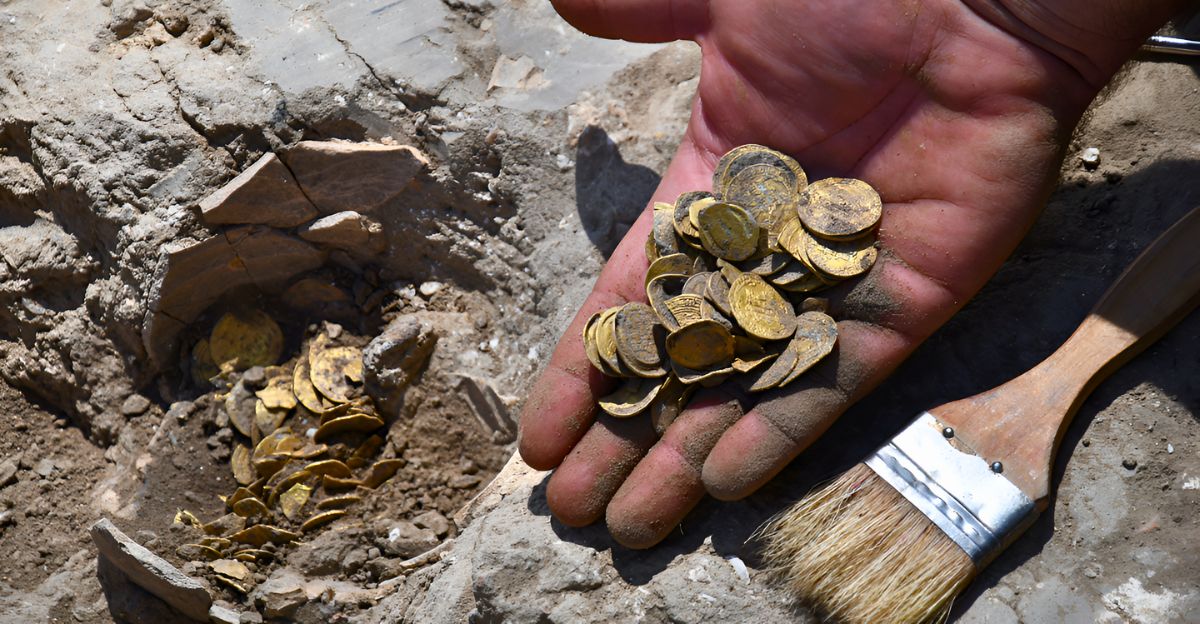
In early 2025, two hikers exploring a remote trail in the Krkonoše Mountains of the Czech Republic noticed something glinting from a crumbling stone wall. At first, they thought it was glass reflecting sunlight. But as they pulled away loose stones, a small metallic container emerged, half-buried in the earth. Inside was the first clue to a half‑century‑old mystery – a trove of gold hidden in silence for generations.
What began as a casual winter hike quickly became one of modern Czech history’s most valuable and intriguing archaeological discoveries.
A Can of Coins Worth a Fortune
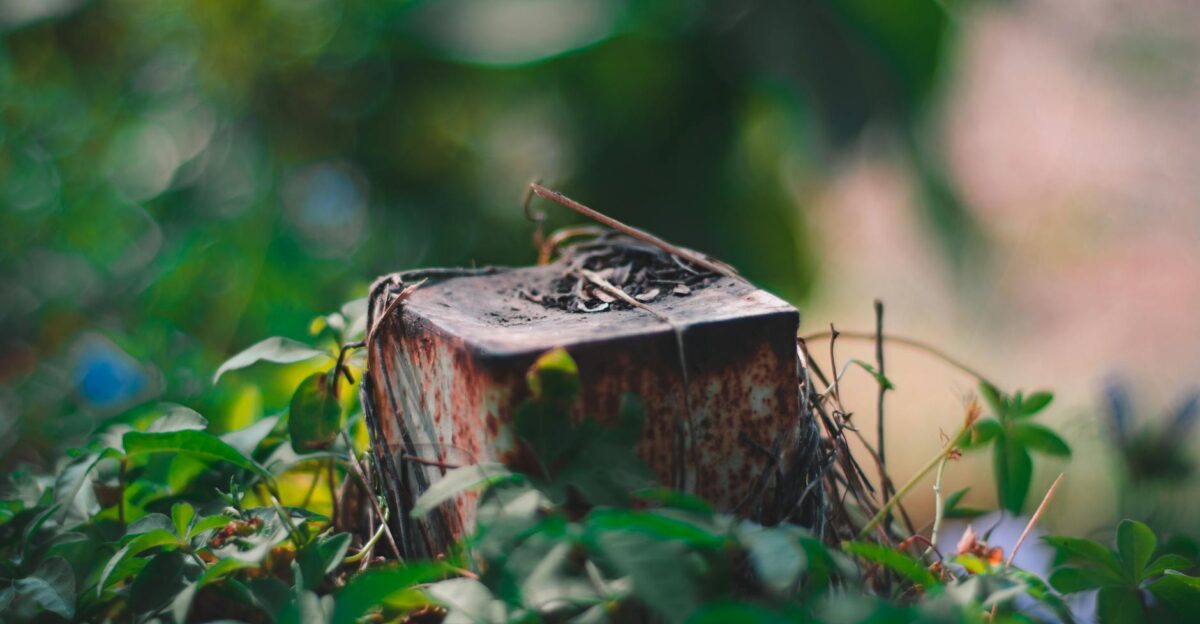
The battered aluminum can container held 598 gold coins, stacked with precision and wrapped in dark fabric that had partially decayed but still clung to the stacks. Each piece glimmered with an unmistakable luster despite decades underground. Just a few steps away, the hikers spotted another hiding place: a rusted metal box containing intricately designed bracelets, a delicate gold comb, and other artifacts.
The Museum of Eastern Bohemia, which authenticated the find, later estimated the combined value of the coins and jewelry at approximately $680,000 – a figure that has since drawn the attention of historians and treasure hunters.
The Burial That Looked Like a Ritual
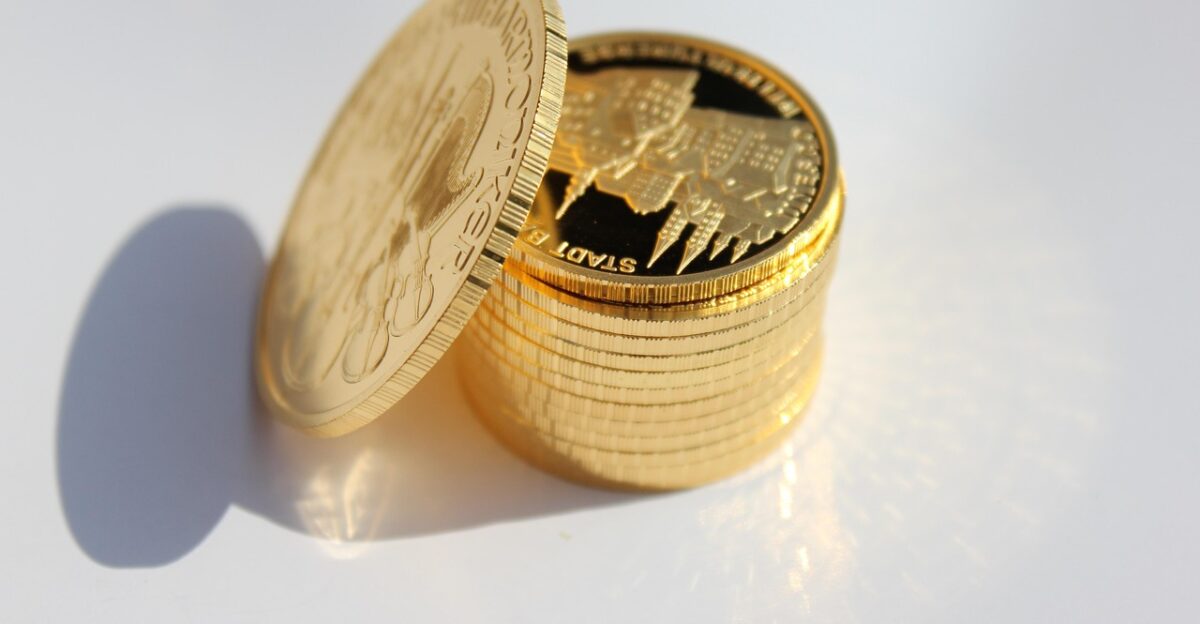
The meticulous arrangement struck archaeologists who examined the hoard. Coins were not dumped into the can haphazardly, they were stacked into columns of equal height, each individually wrapped, as if meant to be protected for decades.
“This was not a careless hiding place,” archaeologist Pavel Dvořák told Seznam Zprávy. “It was deliberate, possibly even ceremonial.” The wrapping method suggested haste in burial but a clear expectation of eventual retrieval.
The second container’s mix of monetary and personal items hinted at an owner who viewed these treasures as currency and part of their identity.
Gold From Eight Nations, but Two Missing
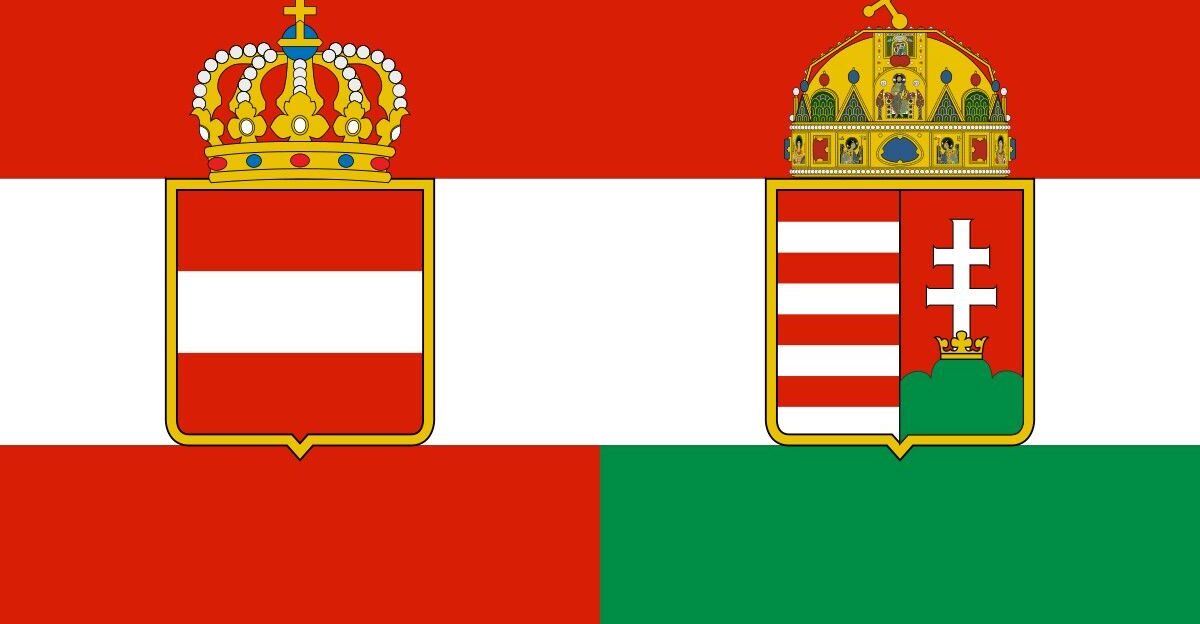
Photo by Pinterest on Pinterest
When numismatists began cataloging the coins, they discovered they originated from at least eight countries, including France, Belgium, Russia, Italy, Romania, the former Austro-Hungarian Empire, and the Ottoman Empire. Yet conspicuously missing were any coins from Germany or Czechoslovakia, despite both being major players in the region’s economy at the time.
“The absence is striking and not likely by accident,” coin expert Jan Havel told iDNES. “It may point to political or personal circumstances that shaped what the owner chose to safeguard.”
The Last Coin and the Timeline It Hints At
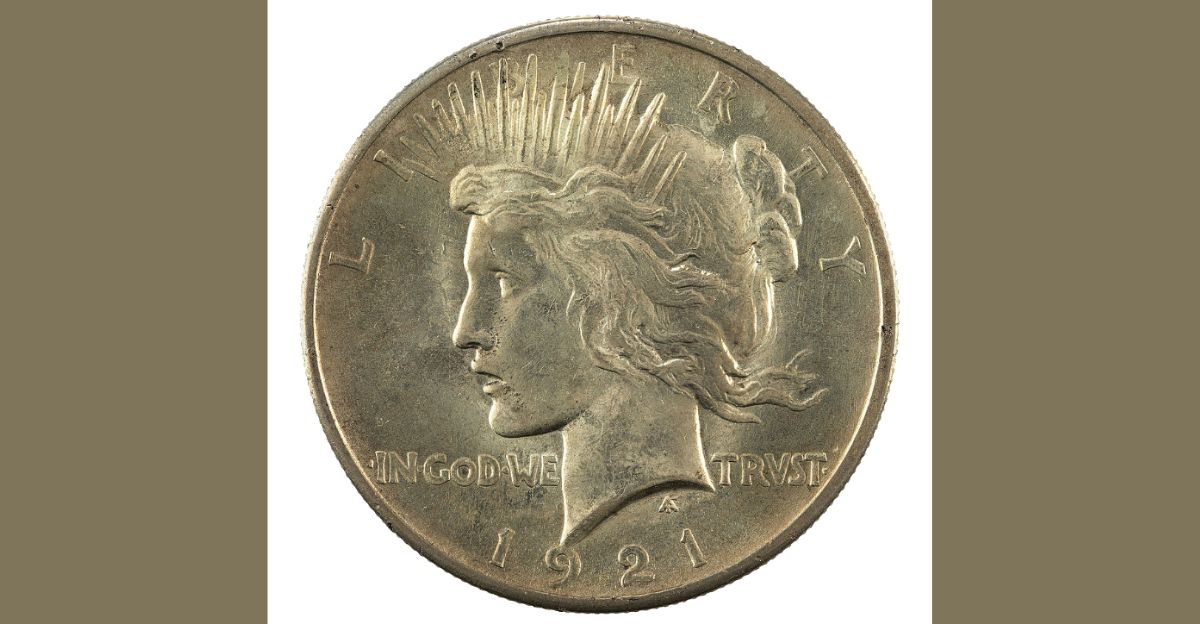
The youngest coin in the collection was minted in 1921, offering a narrow window for when the burial occurred. Experts believe the treasure was hidden shortly after, possibly during the politically unstable years between World War I and II. The date is unusually recent for a European gold hoard, many of which date back centuries making this find a rare glimpse into the interwar period’s economic anxieties.
Historians have noted that in the early 1920s, sudden currency devaluations across Central Europe made gold far more reliable than paper money or bank deposits.
A Time When Gold Was Safer Than Banks
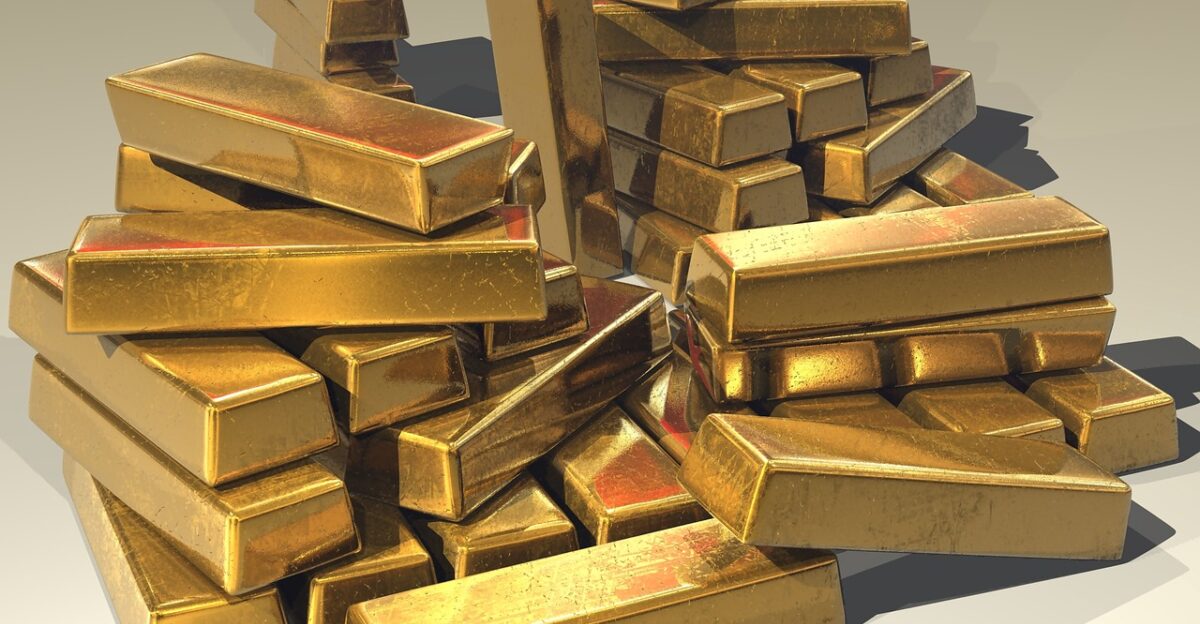
Following the collapse of the Austro-Hungarian Empire in 1918, Central Europe was reshaped by shifting borders, fledgling governments, and volatile currencies. Entire savings could vanish overnight through inflation or political seizure. “Gold was the one constant, immune to regime change,” historian Klára Bartošová told Hospodářské Noviny. Across the region, wealthy families often stored gold privately rather than in banks, fearing confiscation.
The fact that this hoard included coins from multiple countries suggests the owner was either well-traveled, involved in cross-border trade, or had diverse sources of income, each of which could have made them vulnerable in such a chaotic climate.
Archaeologists Rush to Secure the Scene
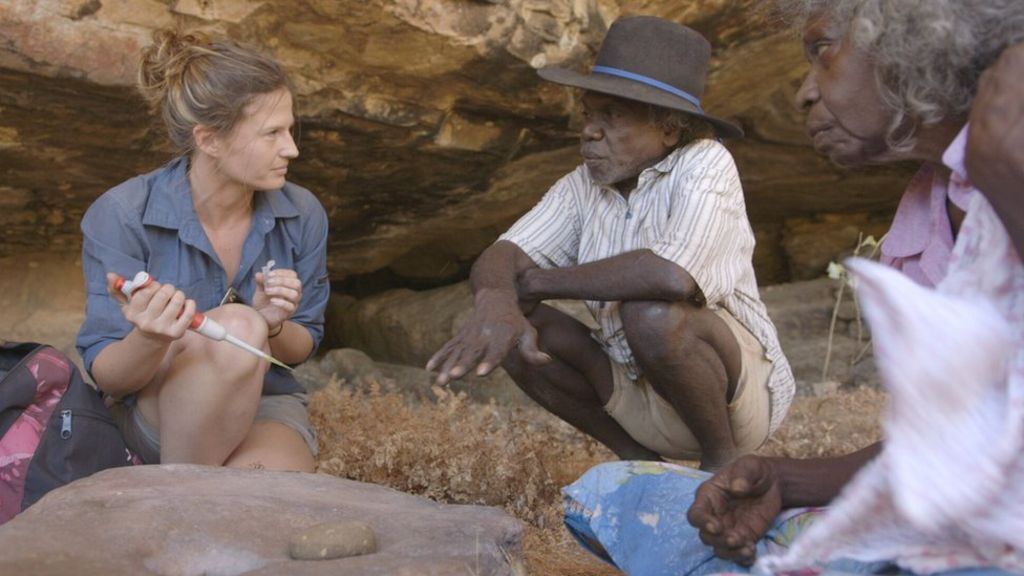
Once notified, the Museum of Eastern Bohemia dispatched a field team to the remote site. “It’s extraordinary for the sheer amount and diversity of gold,” said lead archaeologist Miroslav Novák to ČTK. The excavation had to be carried out with extreme care, as even a misplaced trowel could damage the delicate cloth wrappings or disturb the original positioning.
Officials also worked to secure the location from potential looters, aware that once word spread, the site could attract illicit metal detectorists looking for more hidden caches.
Every Coin, Every Fiber, Every Scratch
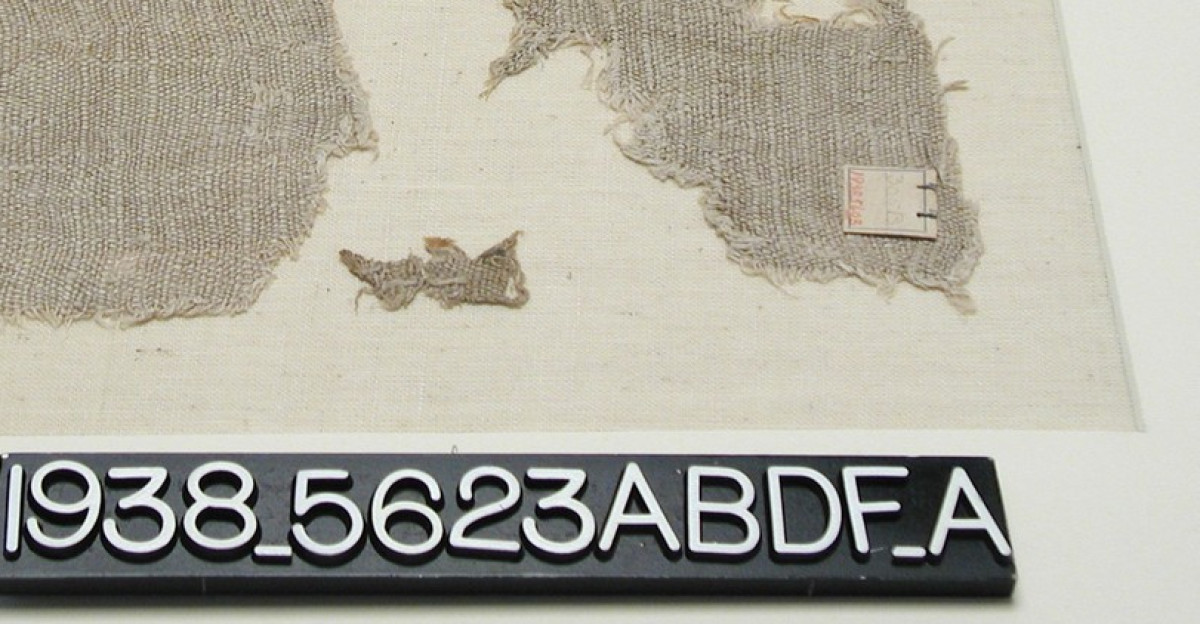
At the museum’s conservation lab, specialists began the painstaking documentation process. Each coin was cataloged by mint mark, year, and country of origin. Metallurgical tests measured gold purity, revealing most coins to be between 90% and 97% gold, consistent with minting standards of the era.
The cloth fragments were examined under a microscope to determine textile composition, which could explain the owner’s access to materials. “We even analyzed microscopic wear patterns,” Novák told Lidové noviny, “to see if the coins had been in circulation or stored for long periods.”
The Law on Buried Treasure
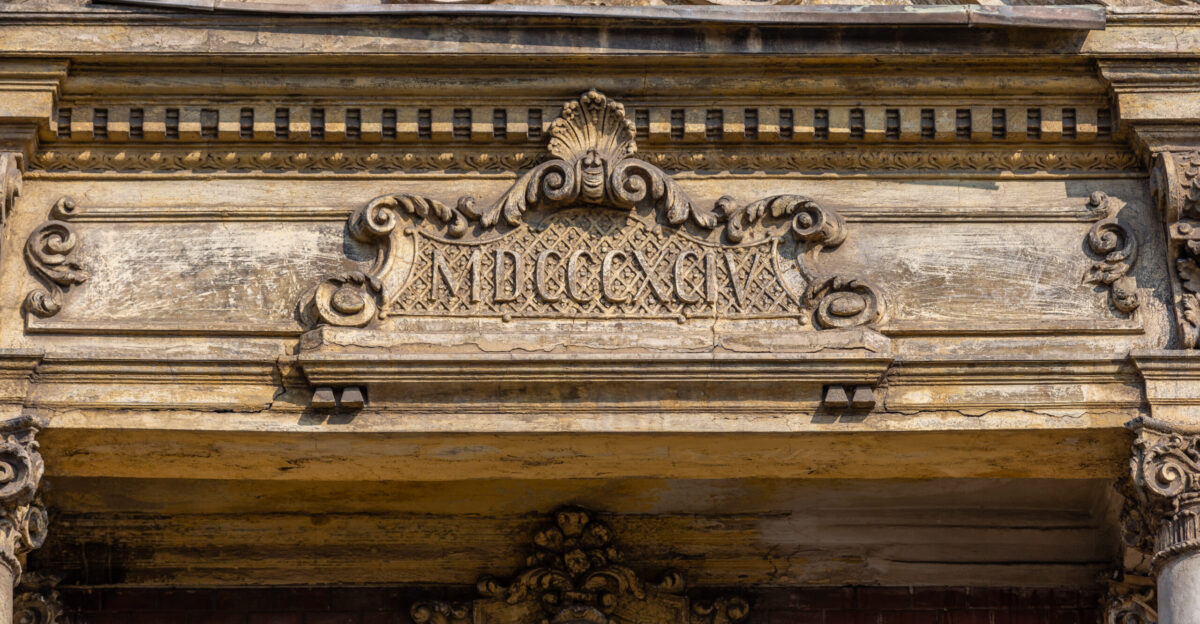
Czech heritage law states that any archaeological discovery becomes the state’s property. However, the law also ensures recognition and, in some cases, compensation for both the finder and the landowner. In this case, the hikers received public acknowledgment for promptly reporting the discovery, and the landowner was given a monetary reward.
The Ministry of Culture emphasized that cooperation is essential to preserving historical context. “Without legal reporting, this could have ended up on the black market, stripping away its story,” an official told Deník N.
Gold Hoards Born of Chaos
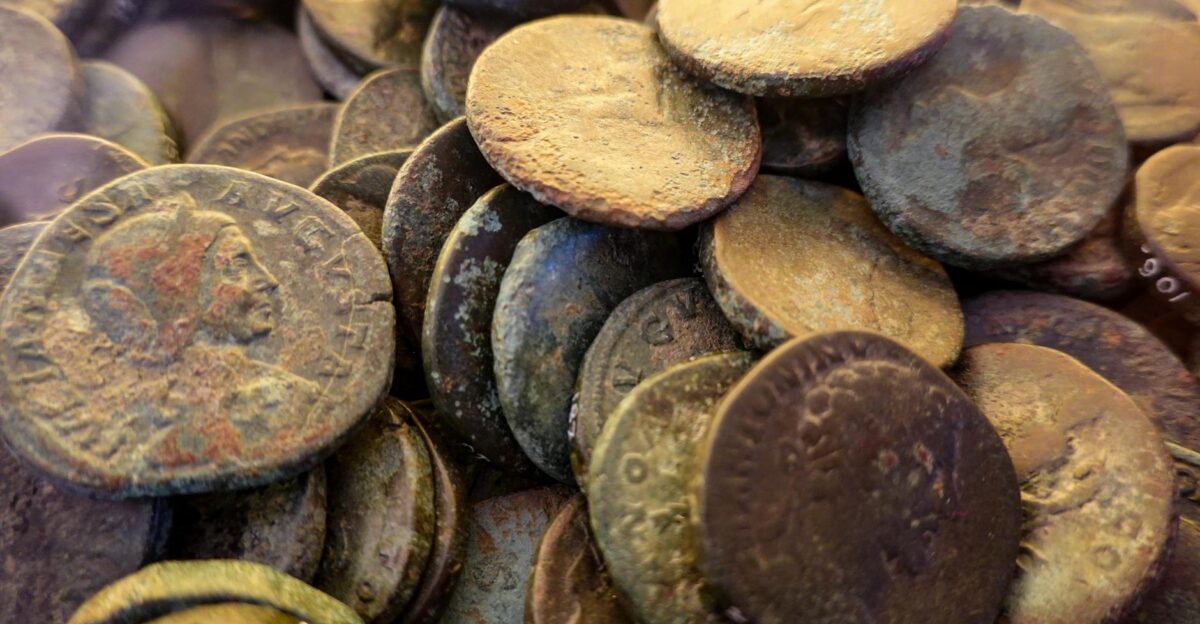
This discovery joins a long history of gold hoards hidden during periods of instability. In 2021, Luxembourg archaeologists uncovered 1,600 Roman coins buried during a Germanic invasion. In Denmark, Viking-era hoards have been linked to times of political upheaval and famine.
“Hoarding is both an act of fear and hope,” archaeologist Peter Jensen told The Guardian. The Czech hoard fits this pattern, likely buried when its owner saw no safe alternative to concealment, and perhaps never lived to retrieve it.
How It Measures Up to Shipwreck Gold
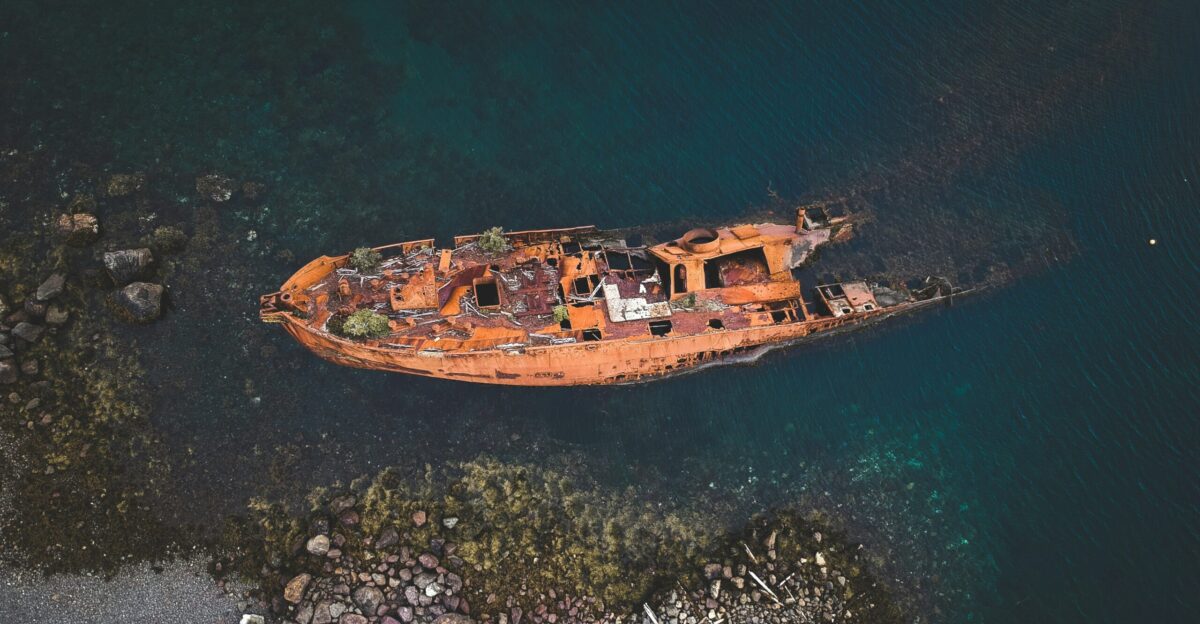
The treasure’s market value may pale beside famous shipwreck hauls like the Spanish galleon San José, which sank in 1708 with an estimated $17 billion in gold and jewels. Yet experts argue that the Czech find is archaeologically purer because it was undisturbed.
Shipwreck treasures are often scattered or damaged by centuries of saltwater, whereas this hoard was preserved exactly as it was left. For historians, that makes it more valuable as a primary source for studying interwar wealth and trade.
This Region’s History of Surprise Gold Finds

The Krkonoše Mountains are not new to gold legends. In 2020, a construction project nearby unearthed a cache of 14th-century gold ducats, each bearing the emblem of Charles IV. That find, worth millions in today’s terms, revealed medieval trade networks once thought improbable in the region.
“The Czech lands have always been a crossroads,” historian Vít Novotný told Prague Morning. This newest discovery extends that narrative into the 20th century, proving the area remained a haven for wealth – hidden and otherwise – long after the Middle Ages.
The Unknown Hands That Hid It
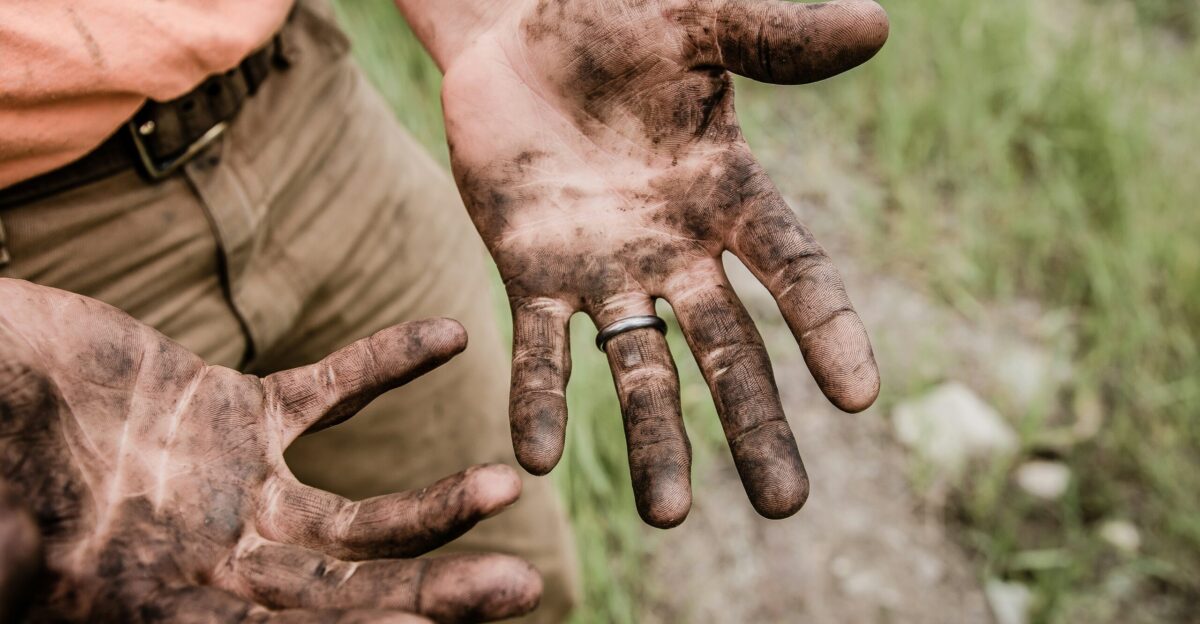
The coins’ deliberate arrangement and diverse origins suggest an owner of means, perhaps an aristocrat, merchant, or political figure. “This wasn’t a farmer’s life savings,” historian Tomáš Zima told Mladá fronta DNES.
Some have speculated the hoard could be linked to displaced nobility fleeing border changes or underground political groups operating between the wars. However, the owner’s identity and fate remain an open mystery without identifying marks or accompanying documents.
Borders That Changed Overnight
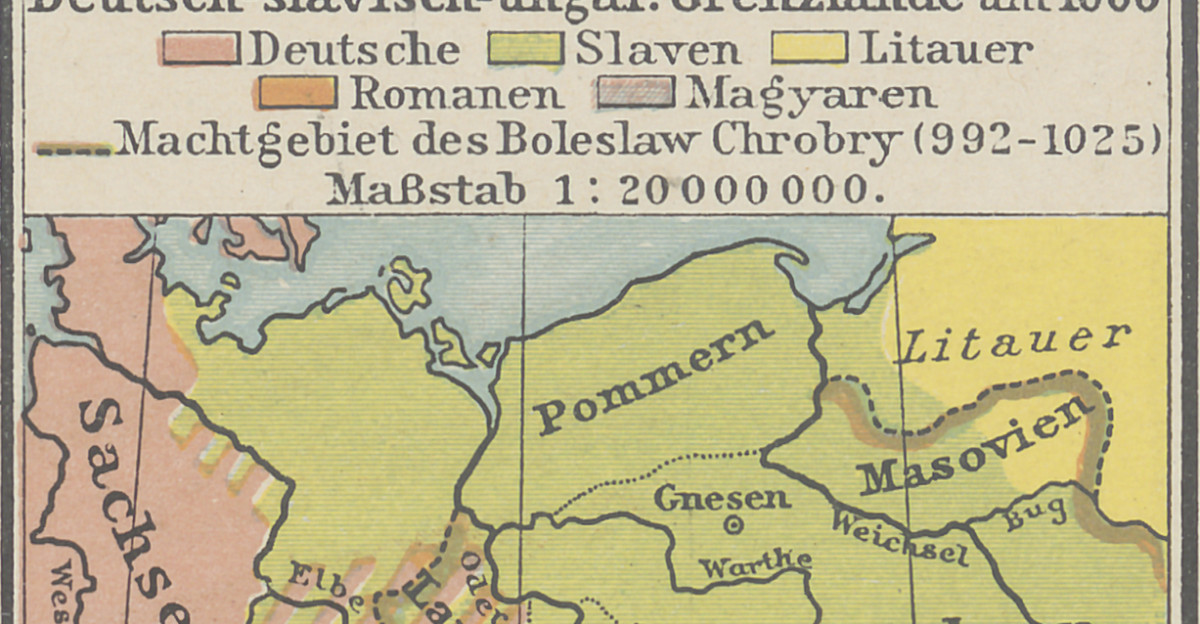
From 1918 to the early 1920s, maps of Central Europe were repeatedly redrawn. Towns shifted sovereignty within months, sometimes more than once. “Fortunes could disappear simply because your land was suddenly in another country,” political historian Eva Svobodová told Respekt.
Those with assets in hard currency – or better yet, gold – often took drastic measures to protect them. Some buried wealth temporarily, intending to retrieve it once borders stabilized. The Krkonoše hoard may be one of many caches that never saw their owners return.
What the Hoard Reveals About Its Era
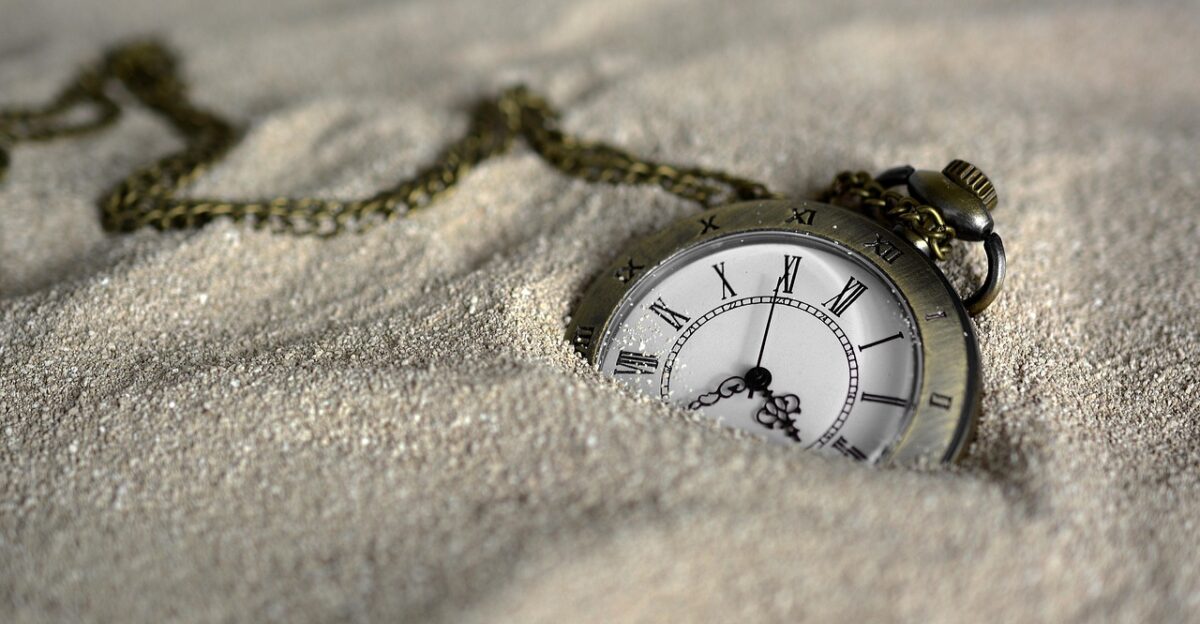
The absence of coins minted after 1921 offers a stark clue: the hoard was never updated, suggesting either the owner could not return or died soon after. “It’s like a time capsule sealed in a single moment,” the Museum of Eastern Bohemia noted in its public report.
Such finds allow archaeologists to study not just the objects, but the economic and cultural realities of the exact years they represent, offering a tangible snapshot of a turbulent chapter in Czech history.
Months of Work to Preserve the Past
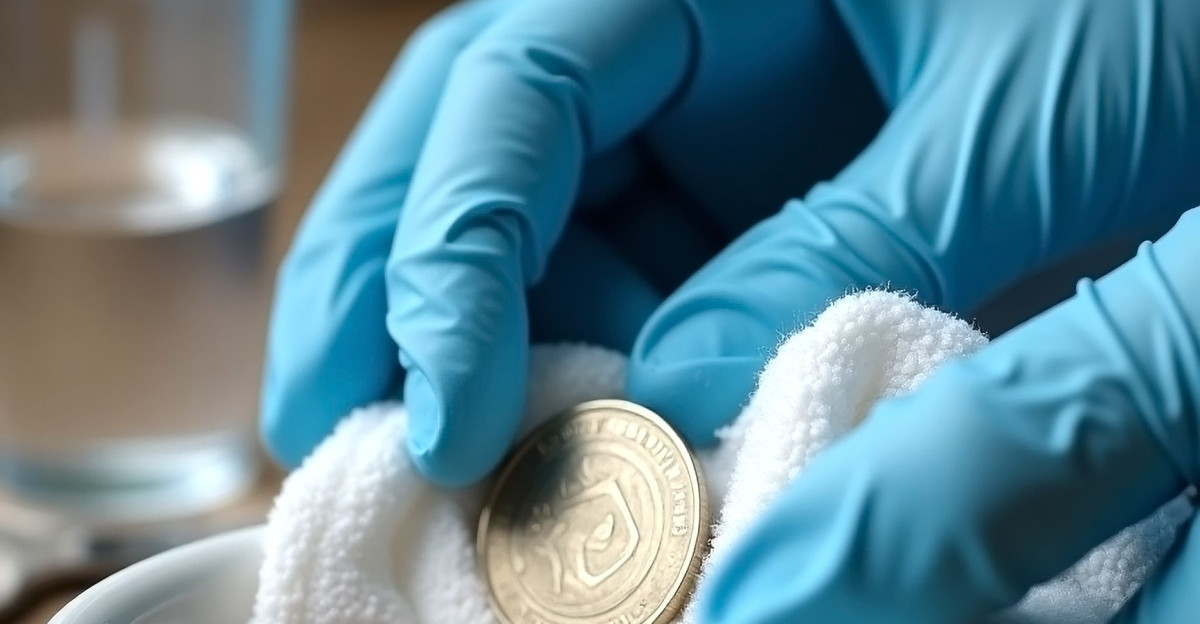
Restoring the hoard was a slow process. Conservators cleaned coins using non-abrasive methods to avoid removing microscopic details. The jewelry underwent chemical stabilization to prevent further deterioration. “Every fiber and dent tells a story,” conservator Lucie Marek told Český rozhlas.
Some cloth fragments will undergo radiocarbon dating, potentially further narrowing the burial date. Once stabilized, the hoard was prepared for secure display, allowing the public to see it almost exactly as it was discovered.
How One Town Changed Overnight
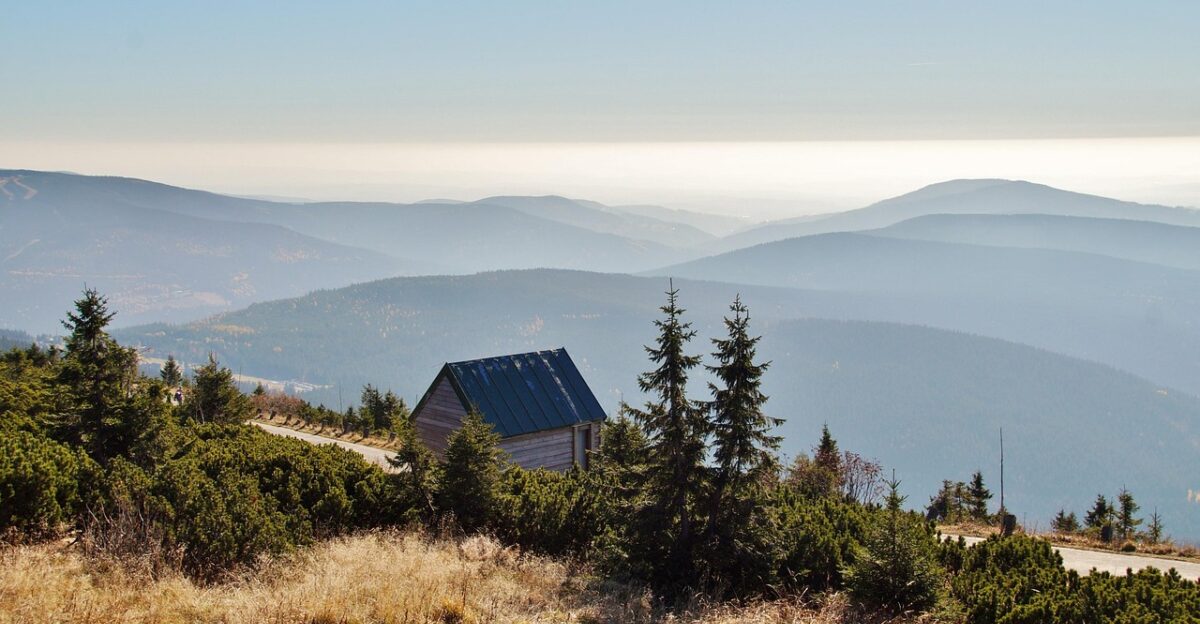
The find sparked immediate interest in the region. The local museum reported a surge in visitors, while cafes and hotels saw an unexpected tourism boost. But the discovery also brought risks.
Police reported an increase in unauthorized metal detecting, and local officials warned that unregulated digging can destroy valuable historical context. Patrols were increased in nearby forests and mountains to protect other potential archaeological sites from looters.
In Today’s Gold Economy, Size Isn’t Everything
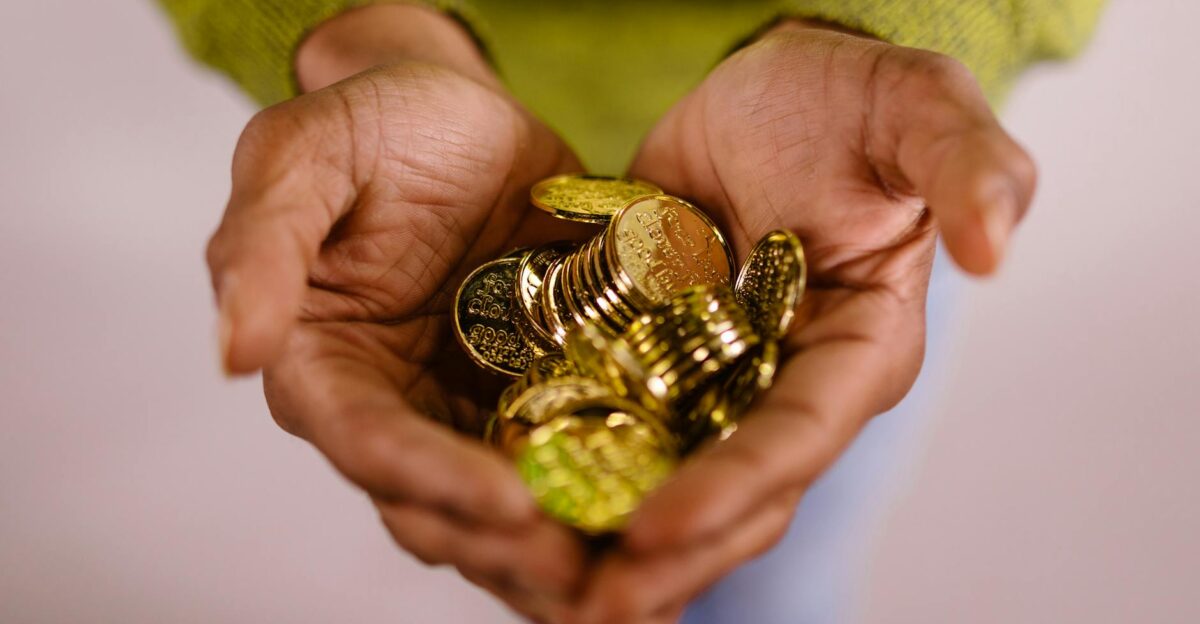
Modern gold finds can dwarf historic hoards in sheer volume. China Daily reported that China’s recent “supergiant” deposit in Hunan province could become the largest in the world. Yet archaeologists argue that historical discoveries like the Krkonoše hoard are irreplaceable because of their context.
“You can always mine more gold,” archaeologist David Walton told BBC News, “but you can’t mine more history.” The cultural value of understanding who buried it, and why, cannot be measured in market price.
A Find That Will Keep Giving Clues
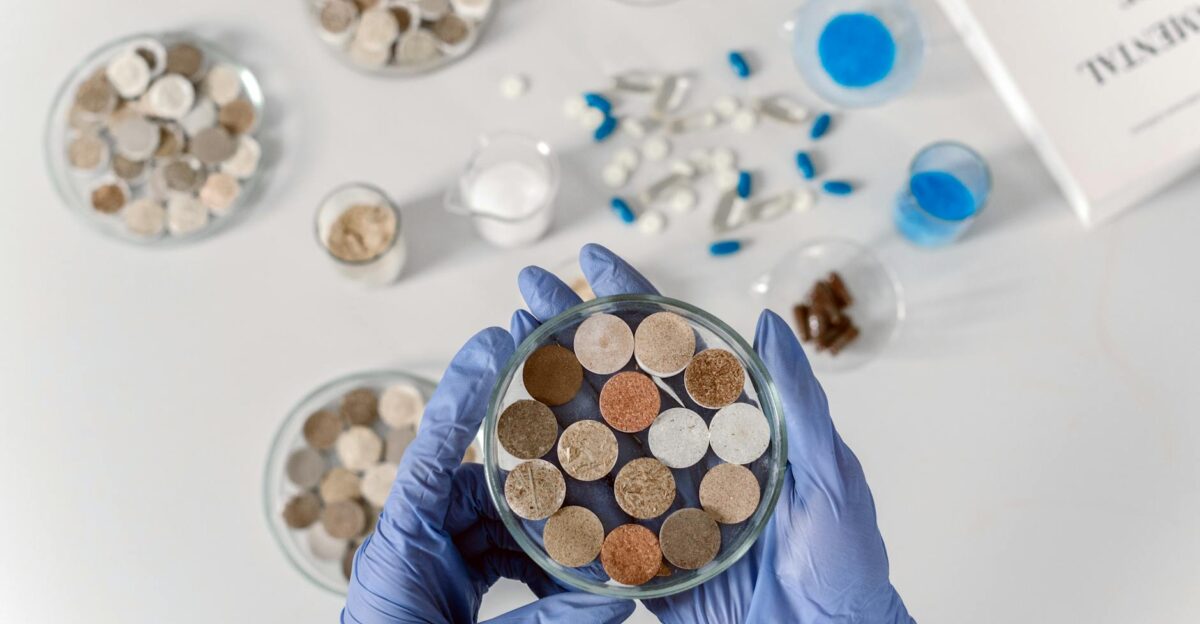
Because it was found intact, the hoard will fuel years of research. “We’ve barely scratched the surface,” Novák told Seznam Zprávy in a March 2025 briefing. Further analysis of textile fragments, soil samples, and coin wear could reveal whether the treasure traveled together for years or was assembled quickly before burial.
International collaboration is also planned, as coins from multiple countries may hold clues in their national archives.
Why Gold Always Comes Back Into the Light

Gold is enduring, it outlasts governments, wars, and even memory. “Every glint in the hills might hold a story waiting to be told,” historian Klára Bartošová told Česká Televize. The Krkonoše hoard, once hidden in darkness for over a century, now stands as a testament to survival, secrecy, and the way history eventually surfaces.
Somewhere in the mountains, perhaps, more secrets lie beneath the soil, waiting for the right moment to shine again.